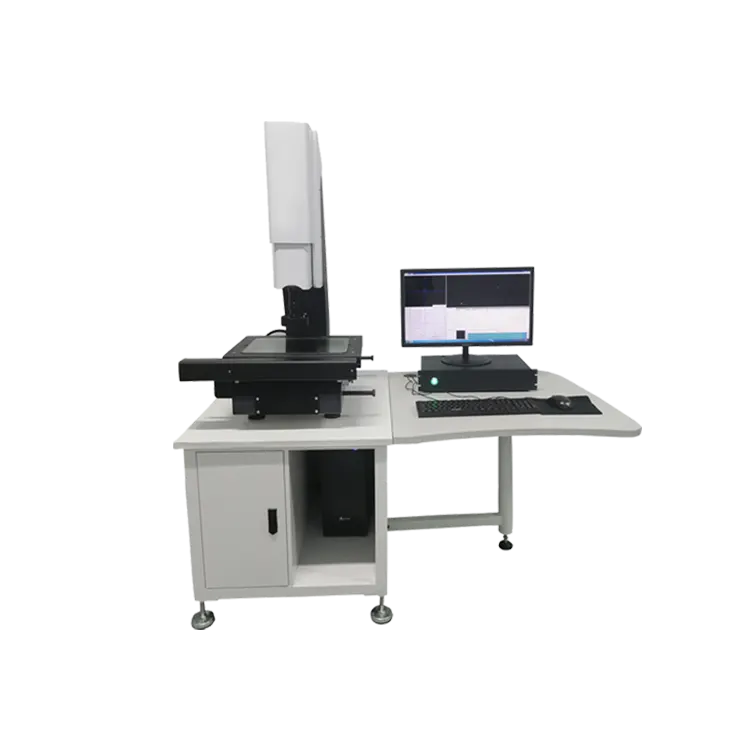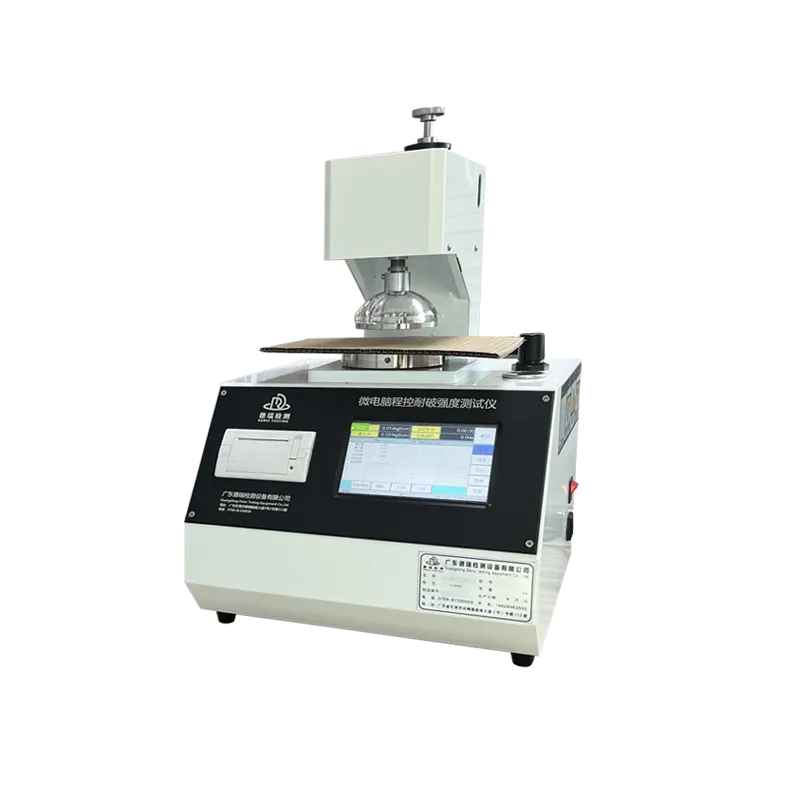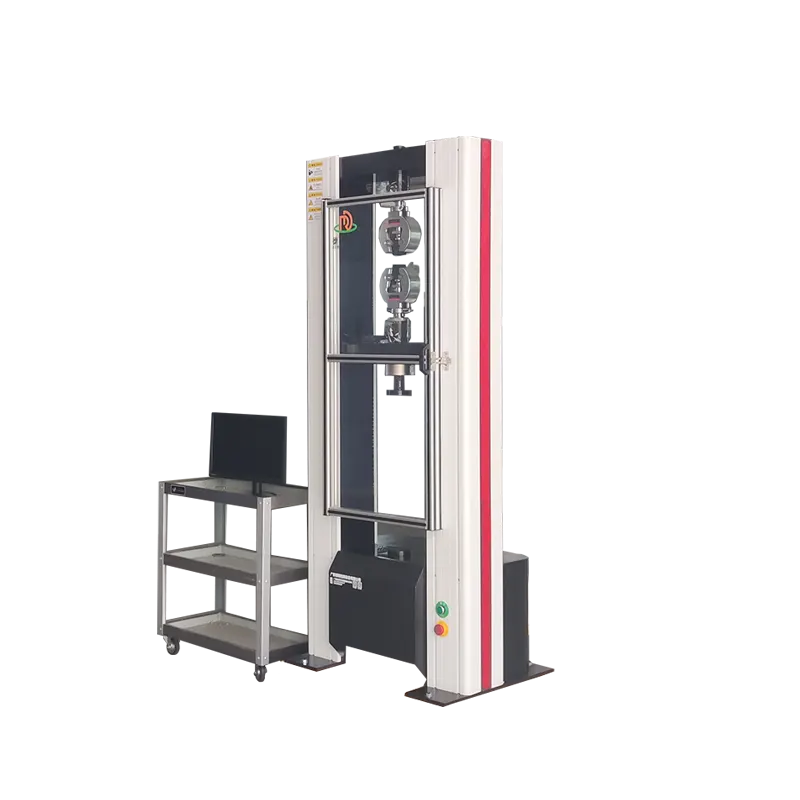This instrument is used to test the load cycle of zippers, that is, to test the resistance of zippers when they are pulled back and forth at a certain speed. Under the action of horizontal and vertical tension, the instrument tests whether the zipper can withstand the specified number of reciprocating pulling operations. During the test, this machine drives the zipper slider at a constant speed, making it move back and forth 30 times per minute until the specified number of times is reached.
Working principle:
The zipper reciprocating fatigue testing machine adopts a high-precision mechanical system and control system to simulate the reciprocating motion of zippers in actual use. By clamping the upper and lower teeth of the zipper, it makes the zipper move back and forth at a set stroke and speed, while applying a certain load to simulate various stresses in actual use. During the test, the equipment continuously repeats actions such as stretching, relaxing, and friction to conduct fatigue tests on the zipper until it breaks or reaches the predetermined number of tests.
Product Features:
- The counter adopts LCD display, adjustable from 0 to 999,999 continuously.
- The zipper stroke can be adjusted according to different standards.
- The machine will automatically stop and alarm for 10 seconds when the set number of times is reached.
- Special zipper head fixtures of different sizes are provided, one set for each size, for easy use with zipper heads of different specifications.
- The positioning block ensures that the horizontal pulling fixture is at a 10° angle when initially clamped.
- It has a point movement adjustment function and a fine adjustment handwheel for convenient adjustment of the installation position.
- The zipper fixture is made of stainless steel.
Core Structural Components
- Drive System:
- Motor/Pneumatic Drive: Provides stable reciprocating power to drive the zipper head through opening and closing cycles. High-end models often use servo motors for precise speed and stroke control.
- Crank Slider Mechanism/Cam Mechanism: Converts rotary motion into linear reciprocating motion, ensuring the zipper head’s movement trajectory aligns with real-world usage.
- Clamping System:
- Upper/Lower Clamps: Secure the two ends of the zipper during testing, compatible with various zipper specifications (e.g., width, tooth type). The clamp design ensures tight meshing of zipper teeth to prevent slippage or misalignment during testing.
- Zipper Slider Gripping Device: Adjustable gripping mechanism compatible with different slider sizes (e.g., metal, plastic, nylon sliders), ensuring even force distribution during testing.
- Loading System:
- Weight/Spring Loading: Applies standard tensile force (e.g., 5N, 10N) via weights or springs to simulate real-world usage conditions (e.g., the load-bearing force of a backpack zipper).
- Electronic Sensor (High-End Models): Real-time monitoring of tensile force with an accuracy of ±1%.
- Control System:
- Counter: Records the number of reciprocating cycles (e.g., adjustable up to 999,999 cycles), supporting preset test targets.
- Speed Adjustment Device: Regulates the opening/closing speed of the zipper head (typically 10–100 cycles per minute) to accommodate different material testing requirements.
- Display/Control Panel: Shows real-time parameters such as cycle count, speed, and tensile force, and allows parameter settings and data storage.
- Frame and Base:
- High-strength steel structure ensures stability during testing and minimizes vibration interference.
- Weighted base design (or anti-slip feet) prevents chassis shaking during high-speed operation.
Precautions
- Before testing, inspect the zipper installation to ensure proper alignment (e.g., teeth fully meshed, no tilting or slippage caused by improper clamp positioning), as incorrect installation may lead to inaccurate results.
- The applied tensile force must strictly comply with standard requirements. Excessive force may cause premature zipper failure, while insufficient force fails to replicate real-world usage conditions.
- Test environment (temperature and humidity) should ideally follow standard specifications (e.g., GB/T typically requires 20±2°C, 65±2% RH) to avoid environmental factors influencing material performance.
- Regularly clean clamps and guide rails to prevent dust or debris accumulation, which could obstruct the zipper slider’s movement (especially critical when testing plastic or nylon zippers).

















